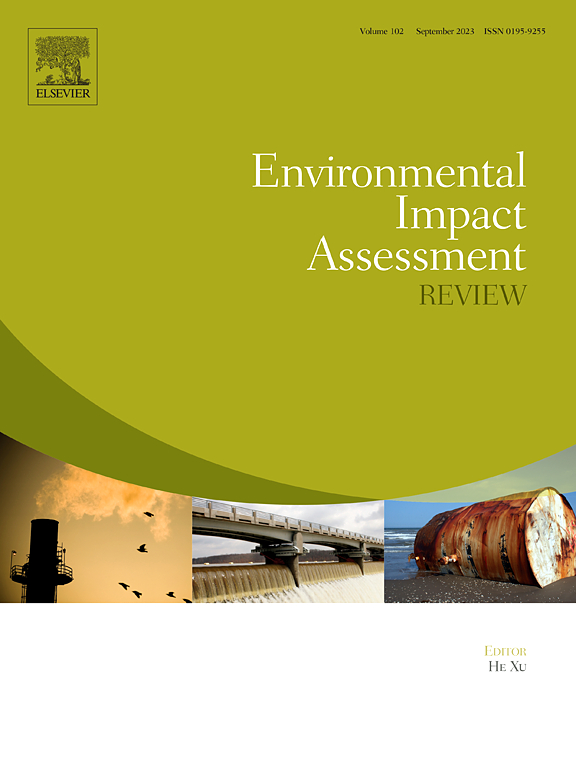Deriving forest cover rates from map sources: A contribution to official statistics and environmental reporting
IF 9.8
1区 社会学
Q1 ENVIRONMENTAL STUDIES
引用次数: 0
Abstract
While forest statistics are currently released at NUTS-1 (macro-regions) or NUTS-2 (administrative regions) levels, advancements in remote sensing technology may improve their accuracy at smaller spatial units. To explore the potential contribution of remote sensing in downscaling forest cover rates to finer administrative levels, we run a quantitative analysis of the statistical relationship between selected indicators of forest cover derived from 16 independent (wall-to-wall) map-sources and 4 probabilistic sampling surveys (land cover/forest inventories) with the aim at verifying the consistency of their statistical distribution at the regional scale in Italy. The empirical results indicate that, given current technological capabilities and the standard land cover classifications used in each survey, only a limited number of map-based (local-scale) sources align with official sampling sources provided at large (regional) scale. Specifically, indicators from EFI, FAO, FROM, JRCLU and the JRC20 dataset exhibit compatibility with EFI and JRCLU, standing out as particularly reliable for spatial downscaling of sample-based forest indicators, being not affected by the Modifiable Areal Unit Problem. Forest cover rates derived from these sources can serve as valuable ancillary variables in spatial downscaling procedures of official (sample-based) forest estimates provided at a large scale, thus representing a reliable source of information for the routine production of official statistics at the level of small-area administrative units.
求助全文
约1分钟内获得全文
求助全文
来源期刊

Environmental Impact Assessment Review
ENVIRONMENTAL STUDIES-
CiteScore
12.60
自引率
10.10%
发文量
200
审稿时长
33 days
期刊介绍:
Environmental Impact Assessment Review is an interdisciplinary journal that serves a global audience of practitioners, policymakers, and academics involved in assessing the environmental impact of policies, projects, processes, and products. The journal focuses on innovative theory and practice in environmental impact assessment (EIA). Papers are expected to present innovative ideas, be topical, and coherent. The journal emphasizes concepts, methods, techniques, approaches, and systems related to EIA theory and practice.
 求助内容:
求助内容: 应助结果提醒方式:
应助结果提醒方式:


